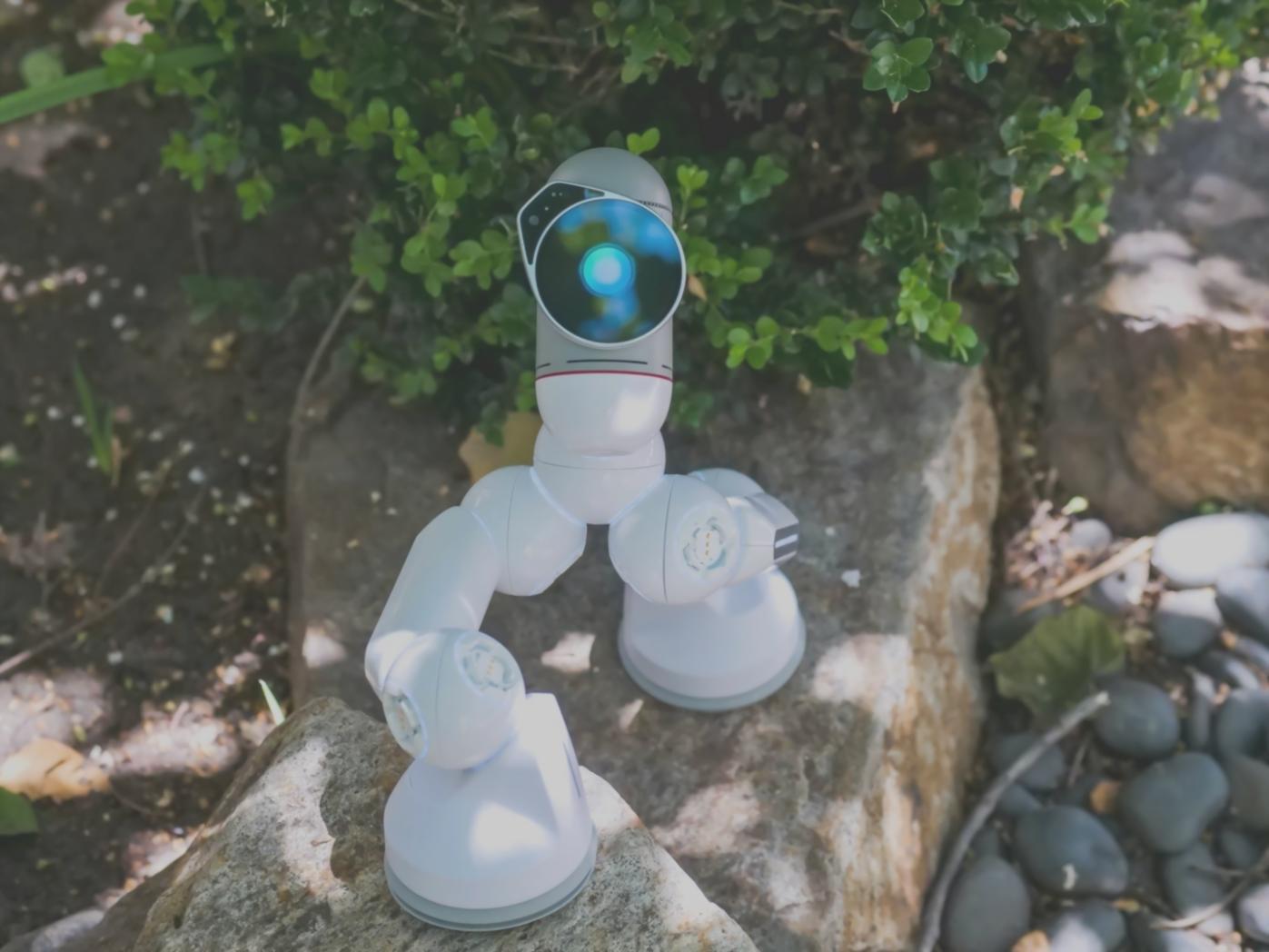Testing AI Systems Requires More Than Curiosity
Most people think testing artificial intelligence is about running scripts and checking boxes. Real AI testing means understanding how systems make decisions under pressure, finding edge cases that nobody thought to look for, and documenting failures that matter.
Our programs start in autumn 2025 and run through early 2026, giving you time to plan ahead while we prepare curriculum based on actual testing scenarios from production systems.
Explore Learning Tracks
How AI Testing Actually Works
Testing artificial intelligence isn't linear. Systems behave differently depending on data quality, user patterns, and environmental factors. Here's what you'll need to understand.
Understanding System Behavior
Before you can test anything, you need to know what the AI is supposed to do. This means reading documentation that might be incomplete, talking to developers who might not fully understand their own models, and making educated guesses about intent.
Creating Test Scenarios
Good test cases come from understanding where systems typically fail. We'll show you how to build scenarios based on real production incidents, not just textbook examples that assume everything works perfectly.
Documenting What Breaks
Finding bugs is easy. Explaining why they matter and how they affect users is the hard part. You'll learn to write reports that engineering teams actually read and act on, not just file away.

What You'll Actually Learn
- Reading model behavior logs and identifying patterns that suggest problems before users encounter them
- Building test data sets that expose edge cases in natural language processing and computer vision systems
- Setting up monitoring systems that track AI performance across different user demographics and use cases
- Writing technical documentation that bridges the gap between data science teams and business stakeholders
- Evaluating bias in machine learning outputs and proposing concrete mitigation strategies
Questions People Actually Ask
Before You Start
During Training
After Completion

Why AI Testing Is Different
Traditional software testing assumes systems behave predictably. Give the same input twice, get the same output twice. AI systems don't work that way.
Machine learning models update based on new data. Natural language processors interpret context differently depending on training examples. Computer vision systems perform inconsistently across demographic groups.
This means you can't just write a test suite once and run it forever. You need to continuously evaluate system behavior, update test cases as models evolve, and monitor for degradation over time.
It's less about finding bugs in code and more about understanding when a system's behavior crosses the line from acceptable variation to actual problem.
I came from manual QA testing traditional web applications. Learning AI testing meant unlearning a lot of assumptions about how software should behave. The hardest part wasn't the technical skills but accepting that you can't test everything, can't predict everything, and sometimes 'good enough' is the actual goal. The program helped me understand when to push for better and when to document limitations honestly.
